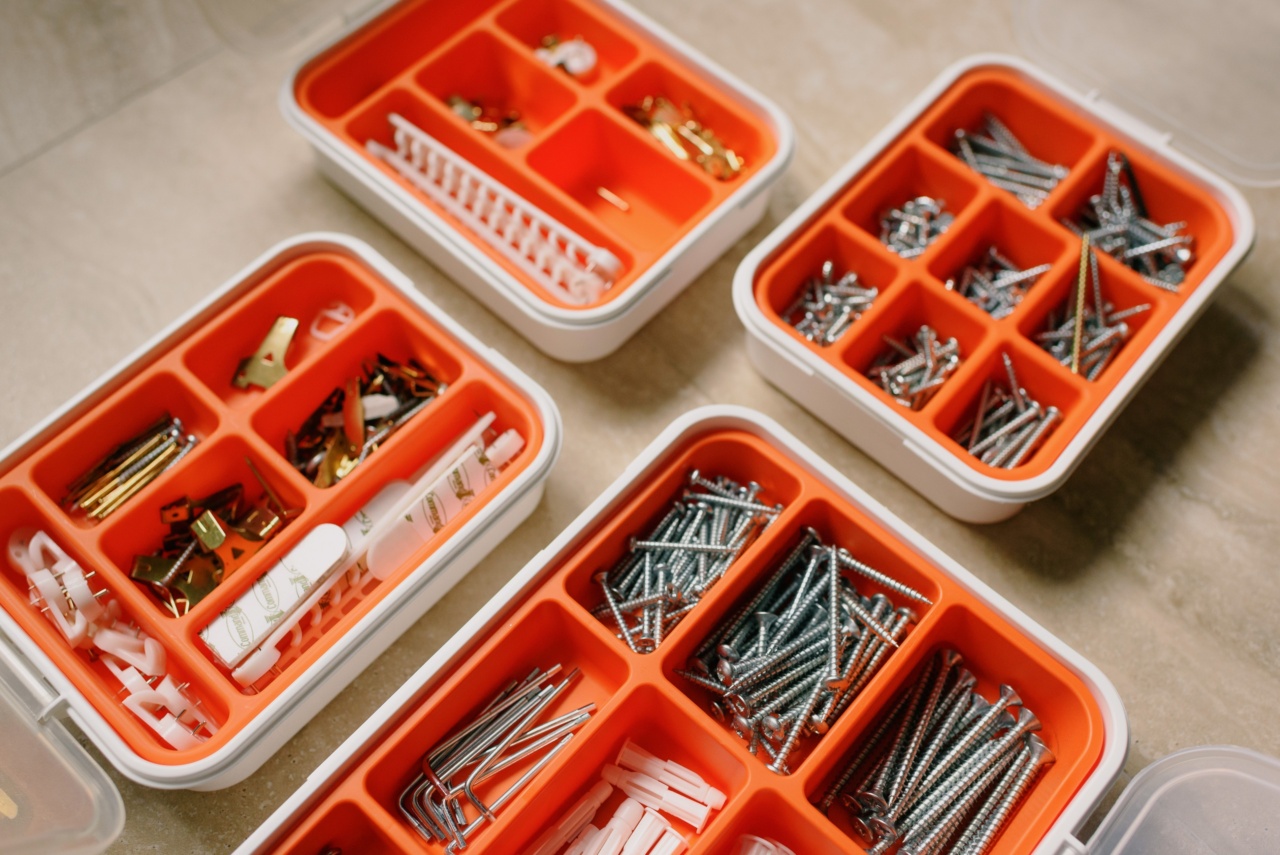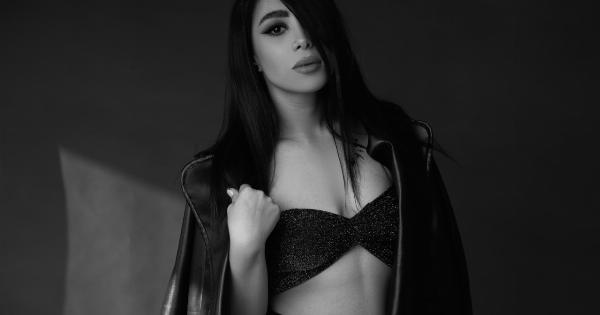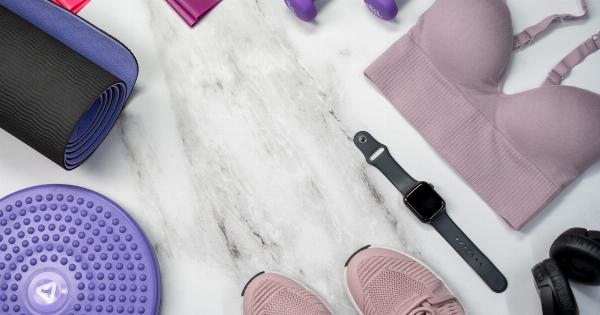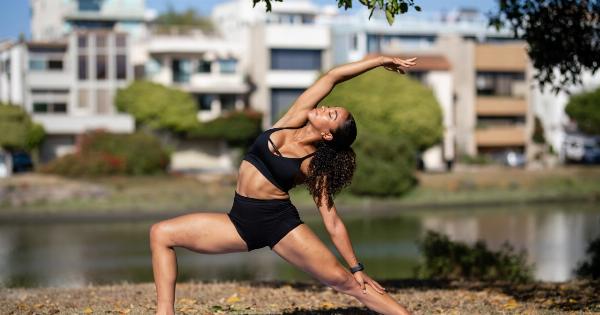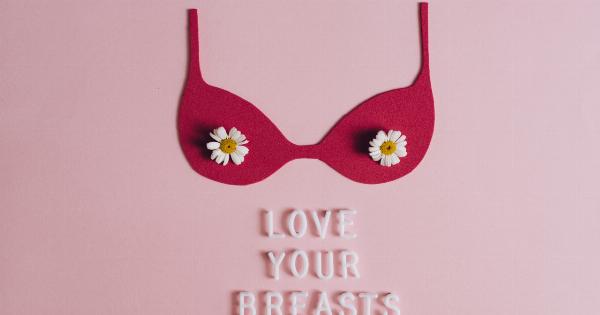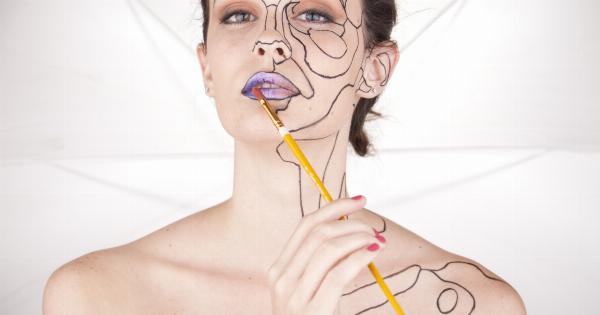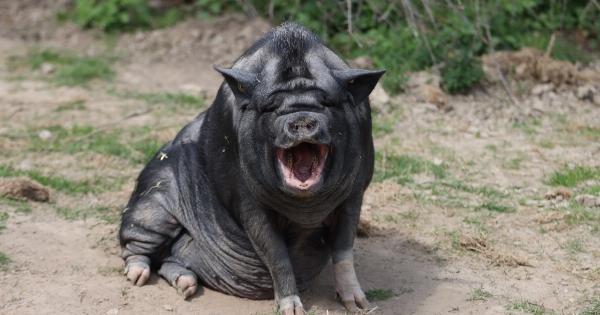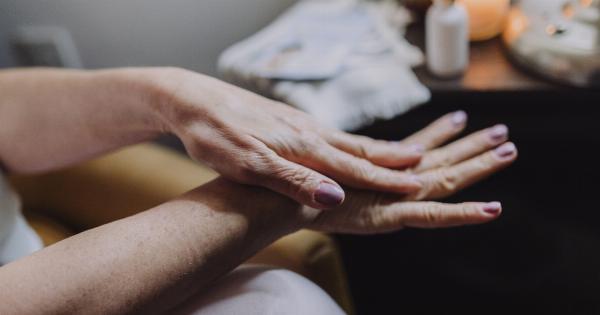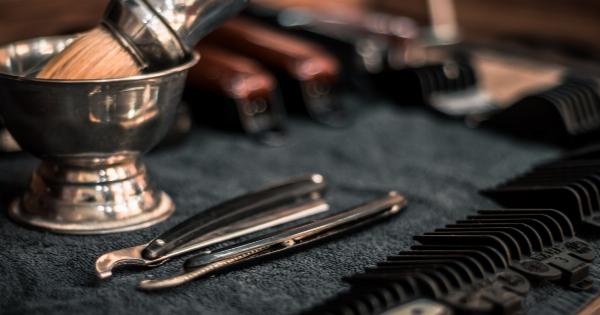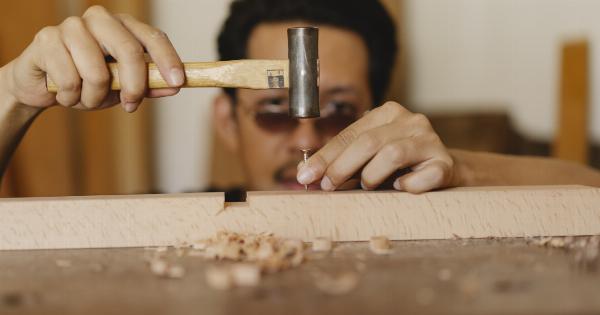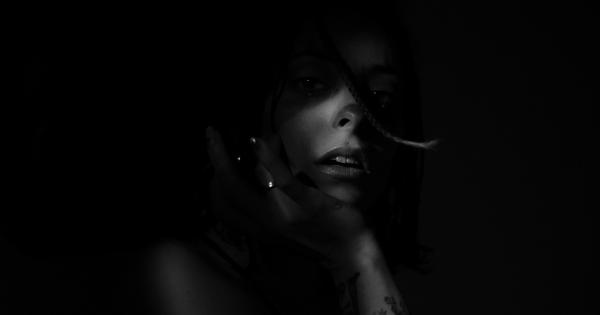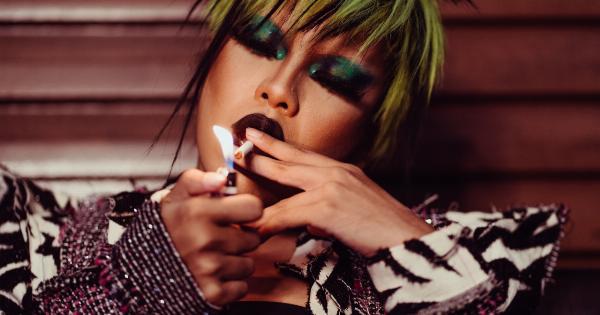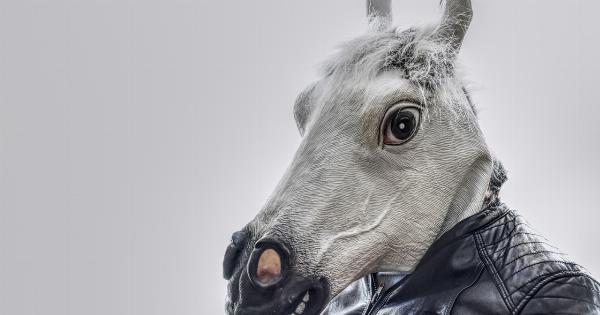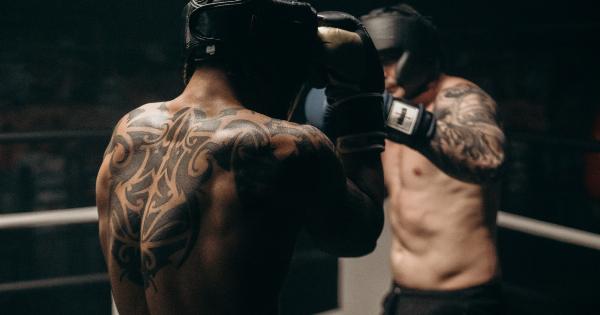Having the right bra size is crucial for every woman. Wearing the wrong size can not only impact your comfort but also affect your overall appearance.
Unfortunately, many women are unaware that they are wearing the wrong bra size, leading to discomfort, pain, and poor support. In this article, we will discuss some common signs that indicate you may be wearing the wrong bra size and provide tips on how to fix it.
1. Shoulder and Back Pain
If you frequently experience shoulder and back pain, it could be a sign that your bra is not providing proper support. Ill-fitting bras can put excessive pressure on your shoulders and strain your back muscles.
The weight of your breasts should be evenly distributed across your chest, and the band of your bra should do most of the lifting.
How to fix it: Start by measuring your band size. Use a soft measuring tape to wrap around your ribcage, just below your breasts. Make sure the tape is snug, but not too tight. The number you get is your band size.
If the measurement is an odd number, round it up to the nearest even number. For example, if you measure 31 inches, your band size will be 32 inches.
Next, measure your bust size. Wrap the measuring tape around the fullest part of your breasts. Make sure the tape is parallel to the ground and not too tight. Subtract your band size measurement from your bust size measurement.
The difference will determine your cup size:.
- Difference of 1 inch: Cup size A
- Difference of 2 inches: Cup size B
- Difference of 3 inches: Cup size C
- Difference of 4 inches: Cup size D
- Difference of 5 inches: Cup size DD (or E)
- Difference of 6 inches: Cup size DDD (or F)
- Difference of 7 inches: Cup size G
Once you have determined your correct size, try on bras with different styles and shapes to find the best fit for your breasts.
2. Bulging or Spilling Breasts
If your breasts are bulging out of the cups or spilling over the top, it’s a clear indication that your bra size is too small. This not only creates an unflattering look but also leads to discomfort and constant readjustment.
How to fix it: Increase your cup size. If you find that your breasts are overflowing the cups, go up by one or two cup sizes. For example, if you have been wearing a 34B, try a 34C or 34D.
Remember, the cup size is relative to the band size. So, a 34C will have a larger cup volume than a 32C.
3. Gaping Cups
On the other hand, if you notice that your cups are gaping or wrinkling, it means your bra size is too big. This not only compromises the support but also creates an unsmooth appearance under clothing.
How to fix it: Decrease your cup size. If you find that there is excess space in the cups, try going down one or two cup sizes. For example, if you have been wearing a 36C, try a 36B or 36A.
Remember to consider the band size as well, as it affects the overall fit.
4. Digging Straps
Straps that dig into your shoulders can be quite painful and are a common sign of an ill-fitting bra. If your straps are constantly digging in, it means that they are trying to compensate for lack of support elsewhere.
How to fix it: It’s important to remember that the straps should provide only about 20% of the support, while the band should do the remaining 80%. Start by adjusting the length of your straps. They should be snug but not too tight.
If you find that adjusting the straps doesn’t help, it may be because your band size is too big. Try going down one band size while keeping the cup size the same.
5. Band Riding Up
If the band of your bra rides up at the back, it means it’s not providing proper support and stability. A well-fitting bra should have a band that sits parallel to the ground and remains in place throughout the day.
How to fix it: Ensure that your band is snug but not excessively tight. The band should be level all around your body and sit directly under your breasts.
If you find that your band is still riding up, it’s an indication that you need to decrease your band size. Try going down one band size, but remember to adjust the cup size accordingly.
6. Underwire Poking or Digging In
Underwire bras can be incredibly supportive, but only if they are the right size. If you constantly feel the underwire poking or digging into your skin, it’s a clear sign that your bra size is incorrect.
How to fix it: First, check if the underwire is sitting flat against your ribcage. If it’s not, you may need a different cup size or shape.
If adjusting the cup size doesn’t solve the problem, it could be because the underwire is too narrow or too wide for your breast shape. Try different bras with varying underwire widths to find the best fit.
7. Uncomfortable or Painful Bra Experience
If you find yourself constantly adjusting, itching, or counting down the minutes until you can take off your bra, you are wearing the wrong size. The right bra should be comfortable and barely noticeable throughout the day.
How to fix it: Take the time to measure yourself using the steps mentioned earlier in this article. Experiment with different brands and styles until you find the perfect fit for your body and personal preferences.
Remember that sizing may vary between brands, so it’s important to try on different options.
8. Visible Bra Lines or Bulges
Visible bra lines or bulges under your clothing can be unsightly and affect your overall appearance. Ill-fitting bras tend to create indentations or bumps that are visible, even under loose-fitting garments.
How to fix it: Look for bras with smooth cups and minimal seams. Seamless bras are designed to provide a sleek and invisible look under clothing.
Additionally, consider trying on different styles, such as T-shirt bras or bralettes, which may offer a better fit and eliminate visible lines.
9. Changing Breast Size
It’s important to note that your bra size can change over time due to factors such as weight loss or gain, hormonal changes, pregnancy, or aging. Wearing the same bra size for years may not provide the right support or fit.
How to fix it: Regularly check your bra size to accommodate any changes in your body. Measure yourself every six months or whenever you notice significant changes.
Remember that your band size and cup size can both fluctuate, so it’s important to measure both.
10. Lack of Confidence
Perhaps the most important sign that you’re wearing the wrong bra size is a lack of confidence. When your bra doesn’t provide the right support or fit, it can affect not only your physical comfort but also your self-esteem.
How to fix it: Invest in a proper bra fitting or take the time to measure yourself correctly. Experiment with different styles and brands to find the perfect fit that makes you feel confident and comfortable.
Remember, wearing the right bra size can make a significant difference in your comfort, posture, and overall appearance. Don’t hesitate to seek professional help or educate yourself on proper bra fitting techniques.
Your breasts deserve the best support possible!.
